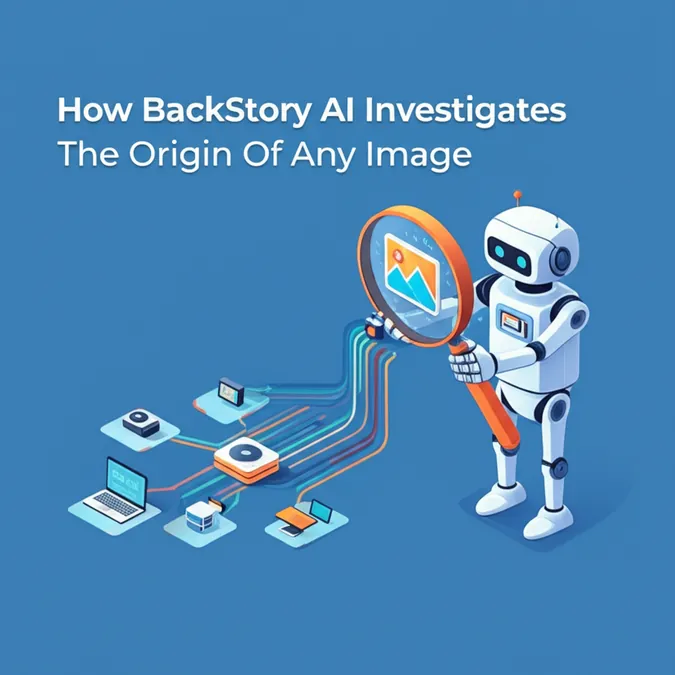Developer Offer
Try ImaginePro API with 50 Free Credits
Build and ship AI-powered visuals with Midjourney, Flux, and more — free credits refresh every month.
OpenAIs Unprecedented Challenge With ChatGPTs Explosive Growth
A Growth Curve That Breaks All The Rules
What does it look like when a piece of software grows faster than any consumer application in history? For the answer, look no further than OpenAI. According to CEO Sam Altman, the adoption rate of ChatGPT has been so rapid and immense that it has no parallel in the tech world. It’s a level of viral adoption that has caught even its creators by surprise and has set a new benchmark for what it means to go viral.
To put this into perspective, consider the giants that came before:
- Netflix: Took about 3.5 years to reach its first million users.
- Instagram: Reached 100 million monthly users in about 2.5 years.
- TikTok: Achieved the same 100 million user milestone in a blistering 9 months.
ChatGPT blew past 100 million monthly active users in just two months after its public launch. This isn’t just an incremental improvement; it’s a fundamental shift in the speed of technology adoption, fueled by a product that was immediately useful, incredibly versatile, and undeniably fascinating to millions.
The Billion-Dollar Infrastructure Headache
The problem with this kind of record-shattering success is that it comes with a record-shattering bill and an unprecedented technical challenge. Supporting a simple website with 100 million users is hard enough, but ChatGPT is a different beast entirely. Every single query, from asking for a poem to debugging a block of code, requires an immense amount of computational power.
This is where OpenAI faces what Altman describes as a historic challenge. The service runs on a massive number of specialized, expensive, and often hard-to-find GPUs (Graphics Processing Units). The demand for these powerful chips has skyrocketed across the industry, contributing to a global GPU supply crunch that makes scaling even more difficult. The daily operational cost to simply keep ChatGPT running is estimated to be in the hundreds of thousands, if not millions, of dollars. This is the daunting reality of scaling generative AI for the masses.
OpenAI's Strategy: Navigating the Tidal Wave
Navigating this tidal wave of demand without capsizing requires a multi-faceted strategy. For OpenAI, this has meant making several critical moves. The most important of these is its deep partnership with Microsoft, which provides the Azure cloud infrastructure necessary to handle the enormous computational load.
Furthermore, the introduction of a paid subscription tier, ChatGPT Plus, was a direct and necessary step towards financial sustainability. It allows the company to generate revenue to help offset the staggering operational costs, ensuring the free version can remain available to as many people as possible. Altman has been candid about these pressures, signaling a pragmatic approach to leadership. The company's focus remains on pushing the boundaries of AI, a mission detailed on the official OpenAI blog, but doing so requires a sustainable model.
What This Means for the Future of AI
ChatGPT's explosive growth is more than just a success story for OpenAI; it's a pivotal moment for the entire tech industry. It has proven beyond doubt that there is a massive public appetite for capable AI tools, triggering a competitive arms race among tech's biggest players.
However, it also serves as a stark reminder of the immense barriers to entry. The cost and complexity of building and deploying models at this scale are astronomical, concentrating power in the hands of a few well-funded companies. OpenAI's journey highlights the dual challenge ahead: continuing to innovate on the technology itself while simultaneously creating a viable business blueprint for a new class of hyper-intensive computing. It's a task that is, in every sense of the word, unprecedented.
Compare Plans & Pricing
Find the plan that matches your workload and unlock full access to ImaginePro.
| Plan | Price | Highlights |
|---|---|---|
| Standard | $8 / month |
|
| Premium | $20 / month |
|
Need custom terms? Talk to us to tailor credits, rate limits, or deployment options.
View All Pricing Details

